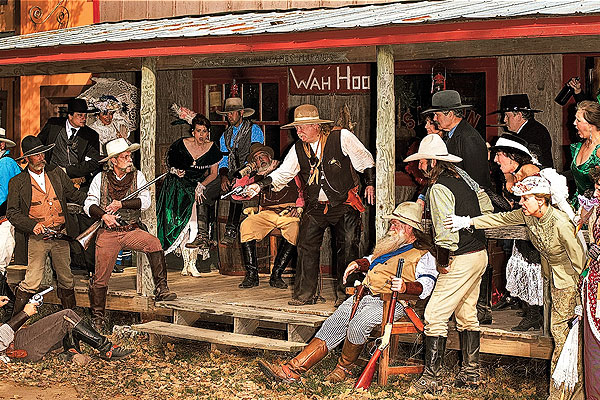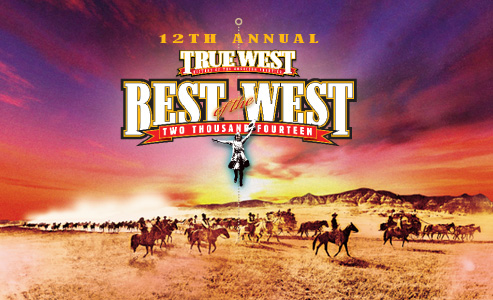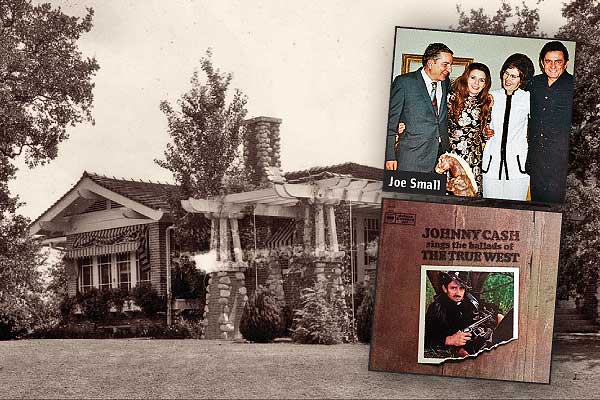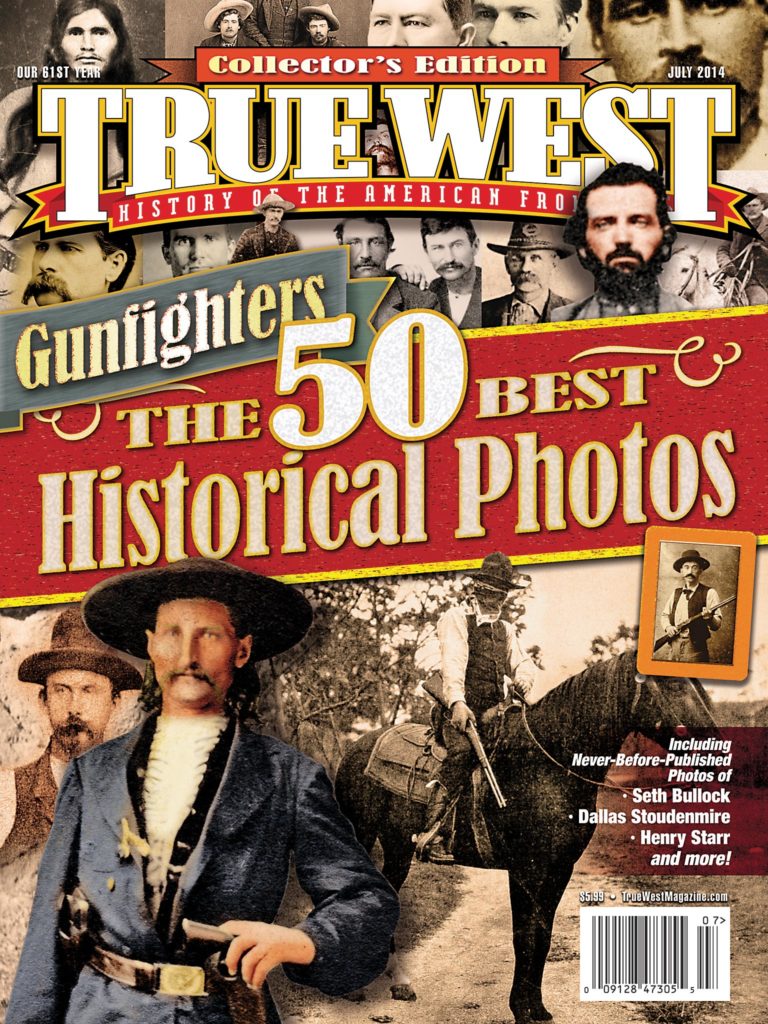 Say “Stockyards,” and everyone knows that means Fort Worth, Texas. Anyone visiting the city today is struck by how beautifully the historic stockyards have been preserved.
Say “Stockyards,” and everyone knows that means Fort Worth, Texas. Anyone visiting the city today is struck by how beautifully the historic stockyards have been preserved.
So it’s unsettling to realize that except for a few people—a Fort Worth firefighter family among them—all that would have disappeared. What we take for granted today wasn’t at all assured back in 1976, when the Fort Worth Stockyards were going the way of wreck and ruin. It’s sad to see glory days disappear, and they certainly did in this case.
Being the last stop on the way north to railheads in Indian Country in the 1860s, Fort Worth is where drovers herding longhorn up the Chisholm Trail stopped for rest. When the railroad arrived in 1876, the town was no longer a place to pass through, but the destination and shipping point. The Union Stockyards opened in 1889, and it didn’t take long to see how lucrative all this could be. Between 1866 and 1890, some four million head of cattle came through Fort Worth.
In 1893, a New England businessman and investors bought out the stockyards for $133,333.33 and changed the name to Fort Worth Stockyards. He attracted meat packing dynamos, with both Armour & Co. and Swift & Co. building plants nearby. The cows kept coming. So did hogs and sheep and mules and horses.
The peak year came during WWII, in 1944, when the Fort Worth Stockyards processed 5,277,496 head of livestock. Forty-two years later came the all-time low of 57,181 animals. By then, the decline was irreversible—roads made trucking the more flexible transport of cattle over railroads; other communities set up their own livestock auctions and yards; the huge processing plants were outdated and too expensive. Armour closed its plant in 1962; Swift closed in 1971.
Fires destroyed some of the buildings, while others were falling apart from neglect. “Hard times” is how old-timers remember it.
Then came a local firefighter named Charlie McCafferty and his wife, Sue. Charlie’s father had been weighmaster on the No. 1 scale, and as a kid, Charlie carved his initials into that scale. “If we don’t do something, we’ll lose the stockyards,” he’s remembered for telling Sue, who shared his love of Western history.
Together, they created the North Fort Worth Historical Society in 1976, quickly getting the stockyards declared a National Historic District. By 1989—100 years after it all officially began—they opened the Stockyards Museum in the 1902 Exchange Building.
Charlie and Sue are gone, but about 20 volunteers keep everything going under the leadership of director Teresa Burleson. Keith Bridwell is one of those volunteers, and he’s right proud of what the society has done.
“If you don’t know your past, you don’t know where you’re going,” he says. “We’re here to help educate people about this rich history.”
The museum attracts thousands of visitors from around the world, and one artifact helps illuminate why saving all this was so important: it’s a 106-year-old light bulb that is still burning.
Arizona’s Journalist of the Year, Jana Bommersbach has won an Emmy and two Lifetime Achievement Awards. She also cowrote and appeared on the Emmy-winning Outrageous Arizona and is the author of two nationally-acclaimed true crime books and a children’s book.





